The Soviet Travel Brochures That Made Estonia Look Like a Fairytale
Inside an archive of travel guides and postcards that sold tourists on Soviet-era Estonia.
A scene from the dance festival of school children in Tallinn, 1972. (All Photos: Courtesy The Tallinn Collector)
“The restaurant of Hotel Viru serves excellent food,”the brochure reads, under a photo some fondue, before continuing, “and is a pleasant place to relax and rest”. These were the words in a brochure produced about Tallinn’s Hotel Viru by Intourist, the USSR’s official travel agency that dictated visas, visits and itineraries. Hotel Viru first opened in 1972, and it was one of the few hotels to accept international visitors. It also contained a KGB station for listening into foreign guests.
By the 1970s, Estonia had been under Soviet rule since 1940, with the exception of a period of Nazi occupation during World War II. It was an era when only one airline serviced Tallinn airport, Aeroflot, and visits were largely limited to within the capital itself. A ferry service opened up between Estonian and their neighbor across the Baltic Sea, Finland, in 1965.
So when Tomas Alexandersson moved from Sweden to Estonia, he was intrigued to discover tourist brochures from this era in second hand stores. At first, he was drawn to the images. “It was exciting to see the past – how places, houses, streets etc were represented.” As he trawled second hand stories for more materials, he also noticed the specific way that Tallinn was represented.

The food at Hotel Viru.
“Of course the tourist books mostly mentioned Tallinn as a beautiful city and its sights, but very often the political messages and propaganda came through these lines of text,” he writes in an email. He noticed that the presentation seemed “staged”—“like most of the images were almost part of a theatre scene background.”
After eight years living and working in Estonia, Alexandersson is now back across the sea in Stockholm, continuing to build his archive, The Tallinn Collector—some of which comes from friends, from their families, or from strangers who like the project. Atlas Obscura has a selection from Alexandersson’s archive, from the 1970s.
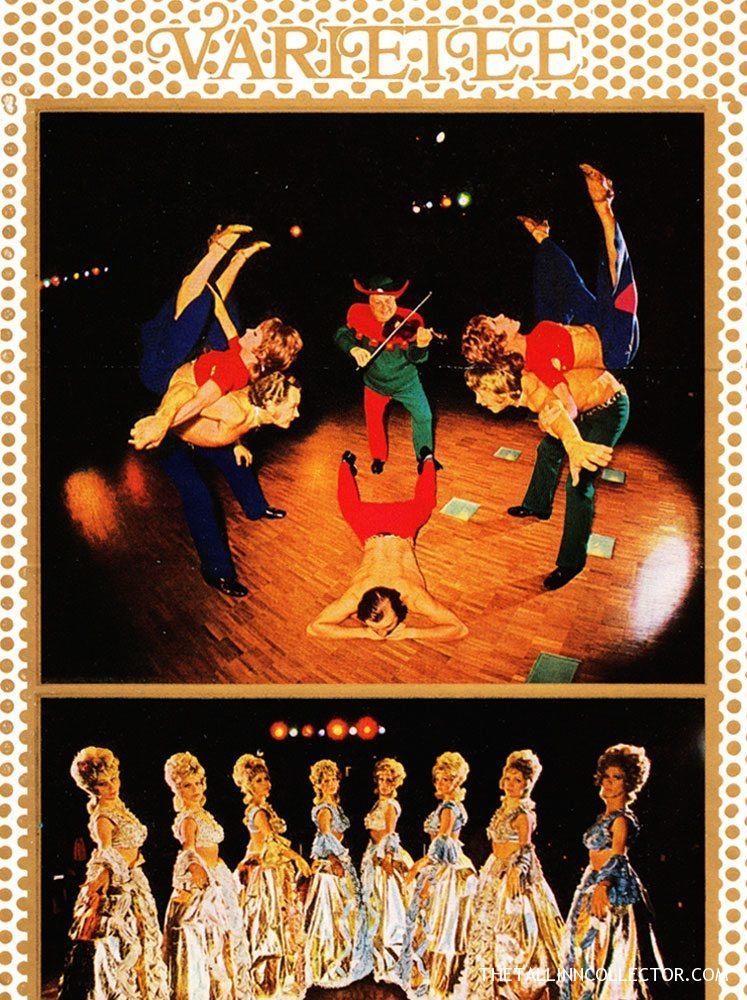
From the Hotel Viru brochure, published in the USSR (year unknown): “But if you have a long evening and a leisurely morrow ahead of you, then you will probably visit our night club, dance and watch the floor show.”
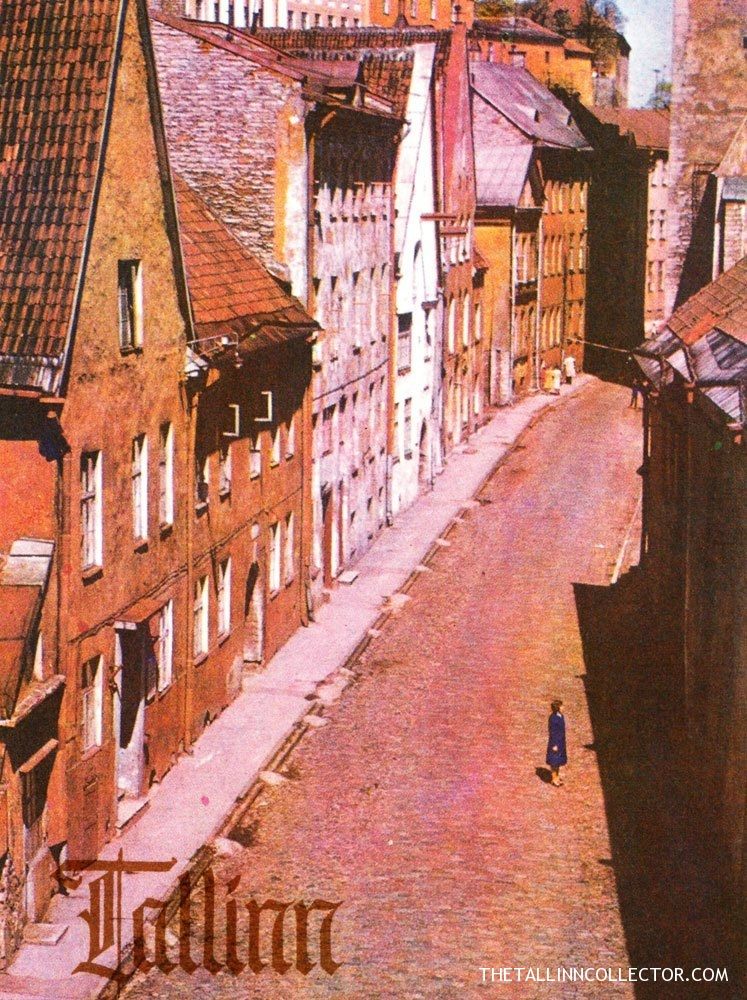
A view of Rataskaevu Street. in 1978. Says Alexandersson, “One of the main streets in Tallinn old town. The houses today look much better, renovated, than on this image”.

The 1980 Olympics were hosted by the USSR, but the sailing events took place in the then-Soviet republic of Estonia. This postcard shows the beach at Pirita.
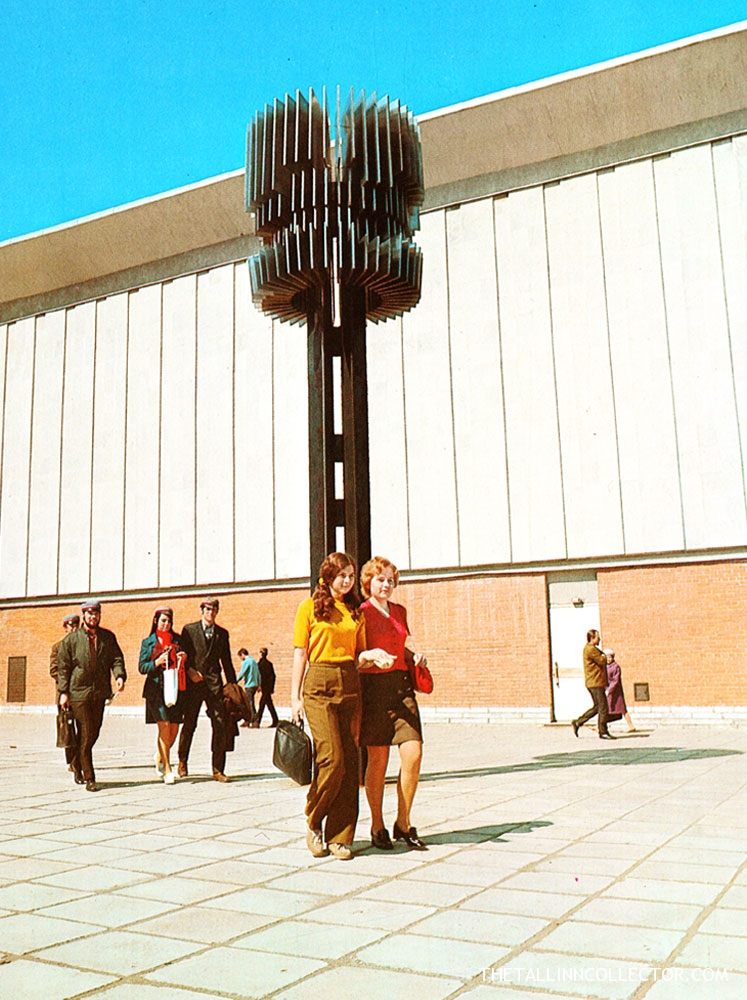
Tallinn’s Polytechnic Institute. From T. Tomberg, Tallinn, Planeta Publishers, Moscow, 1975 (Photograph by V. Salmre), “Four of Estonia’s institutions of higher education are in Tallinn, with an enrollment of more than 10 thousand students in the largest, the Tallinn Polytechnic.”
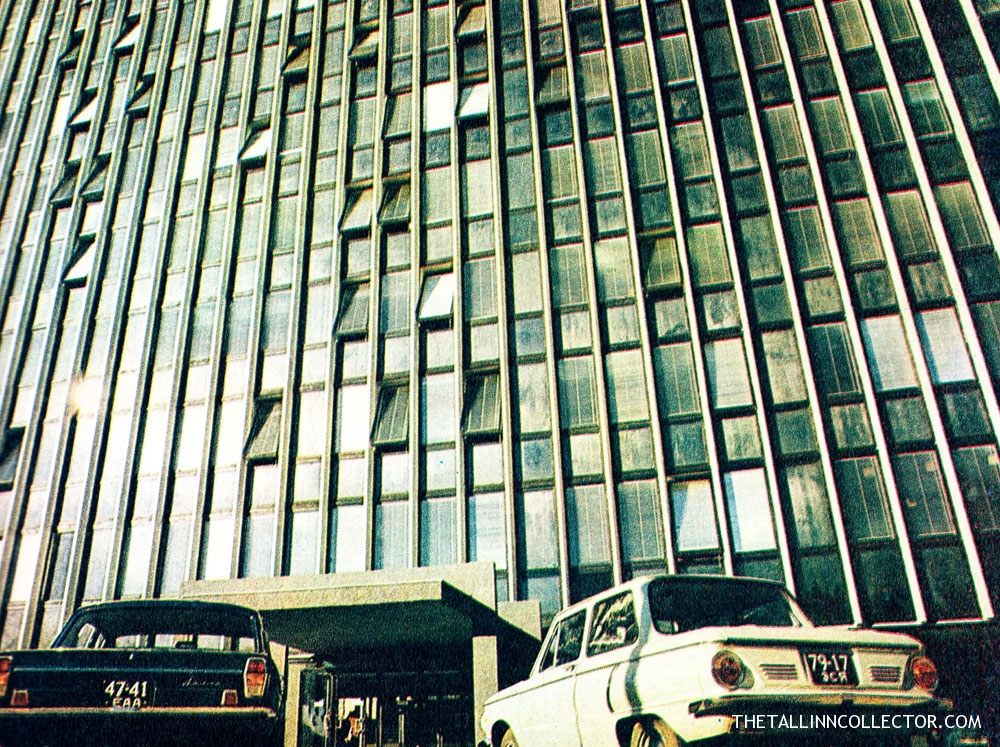
“The new Radio House with contemporary computing centre (architects A. Eigi, J. Jaama, P. Põldre).” by H. Gustavson, Tallinn, Eesti Raamat, Tallinn, 1975.

A postcard from 1980, “A view of the town at night.”

Hotel Tallinn in 1977, and the first hotel to be open to international tourists.

Tallinn airport. During the Soviet era—1945 through to 1989—the only airline to service this airport was the Russian carrier Aeroflot.

A Tallinn cinema, featured in a 1976 brochure along with the text:“The old cobblestone pavement is particularly attractive when viewed together with some modern construction. Cinema “Eha” (Sunset Glow) in Tartu Road.”

“Interior of “Old Toomas” Café. Old Toomas (right, on the wall) is Tallinn’s symbolic watchman.” From Tallinn, Progress Publishers, Moscow, (year unknown).





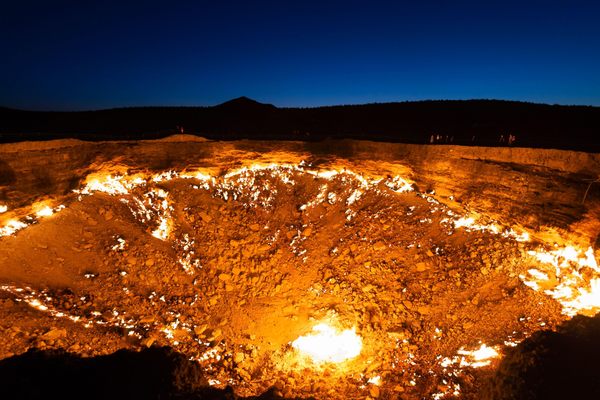



Follow us on Twitter to get the latest on the world's hidden wonders.
Like us on Facebook to get the latest on the world's hidden wonders.
Follow us on Twitter Like us on Facebook